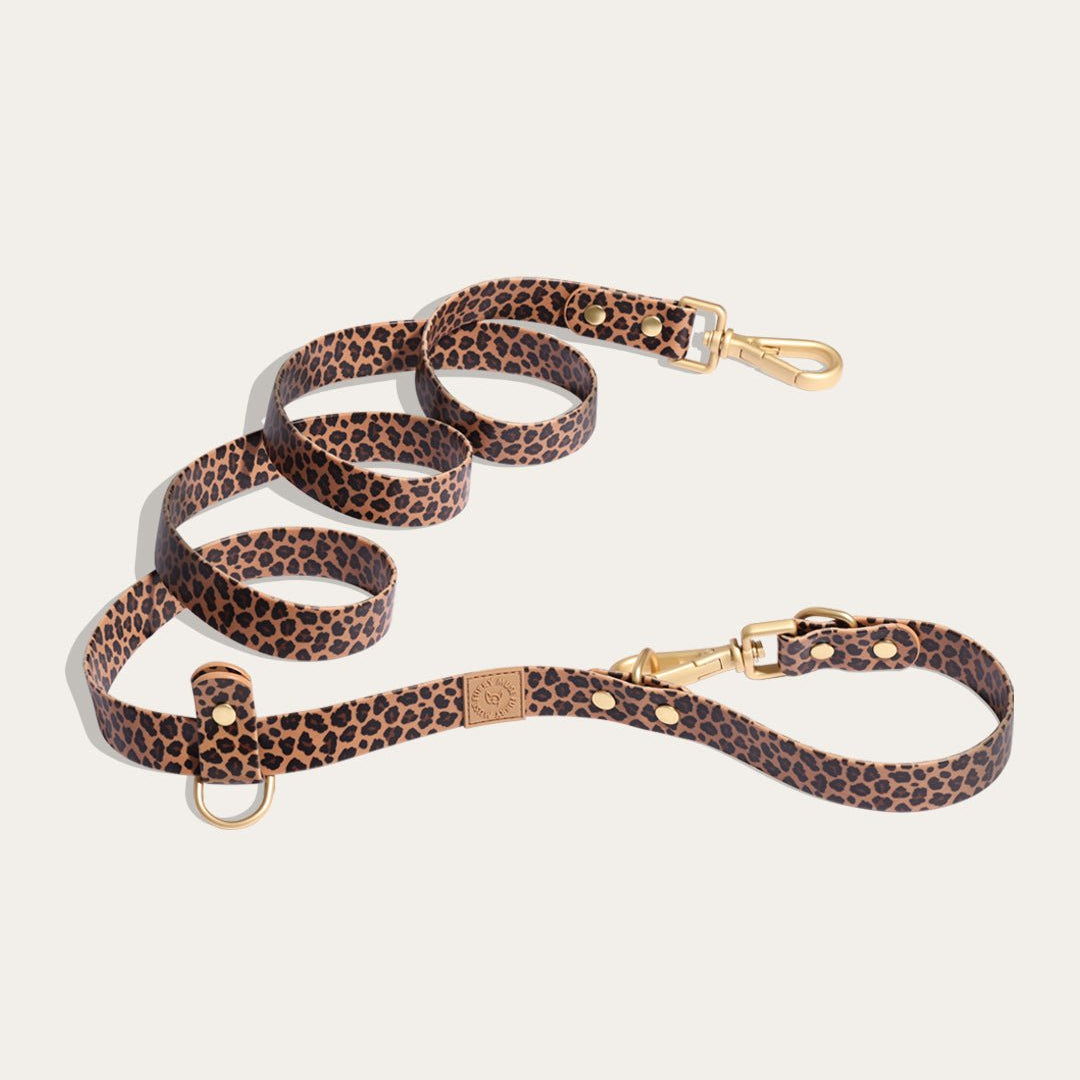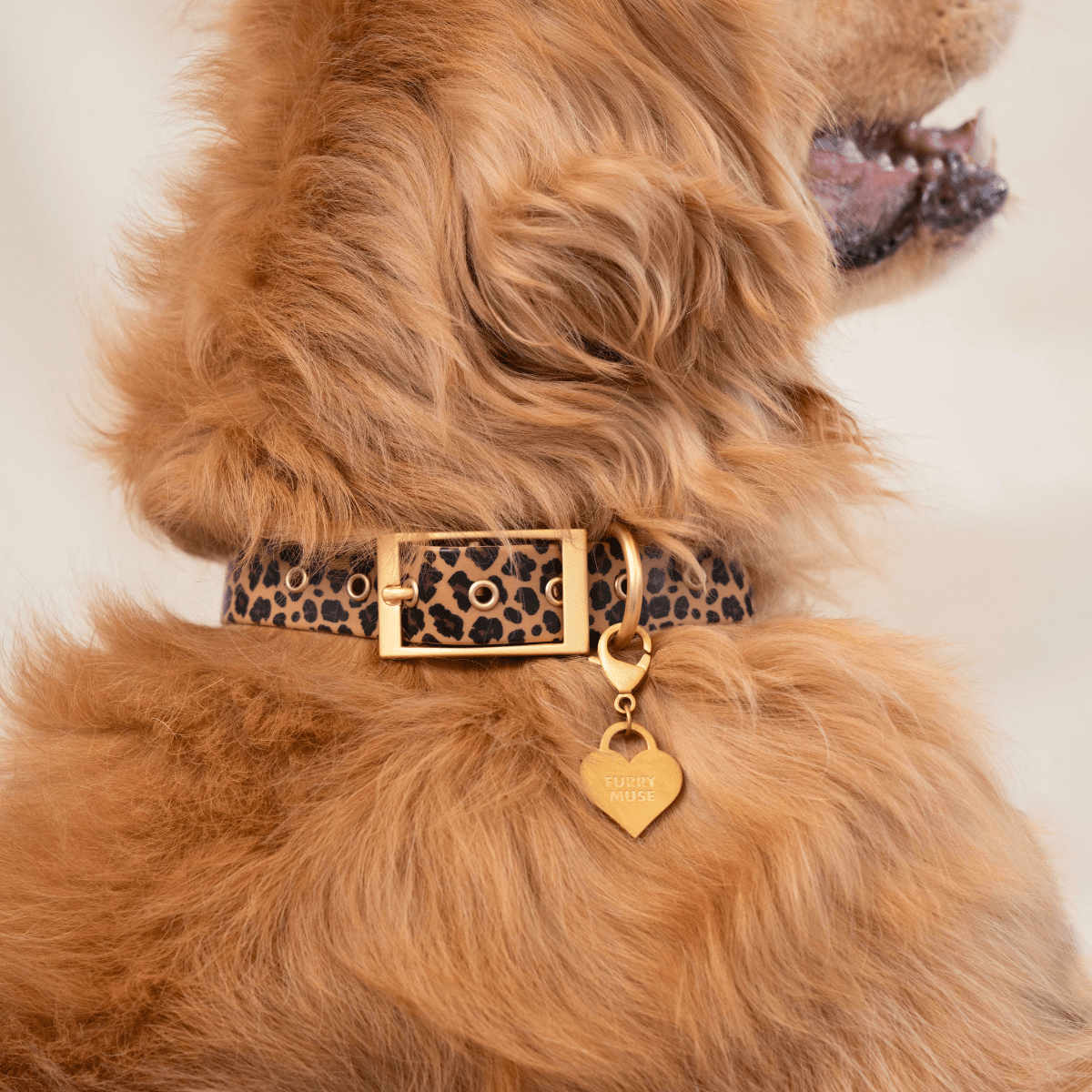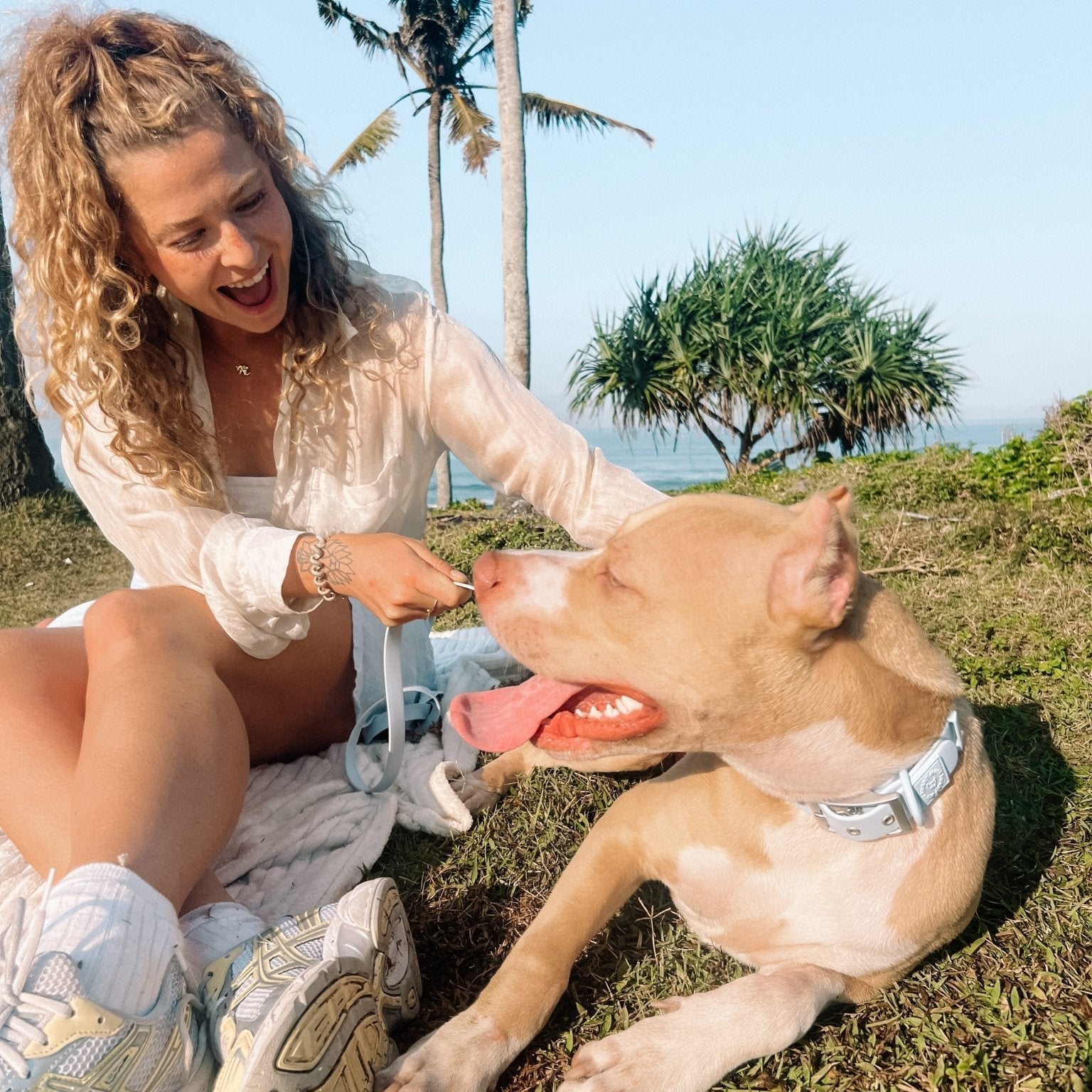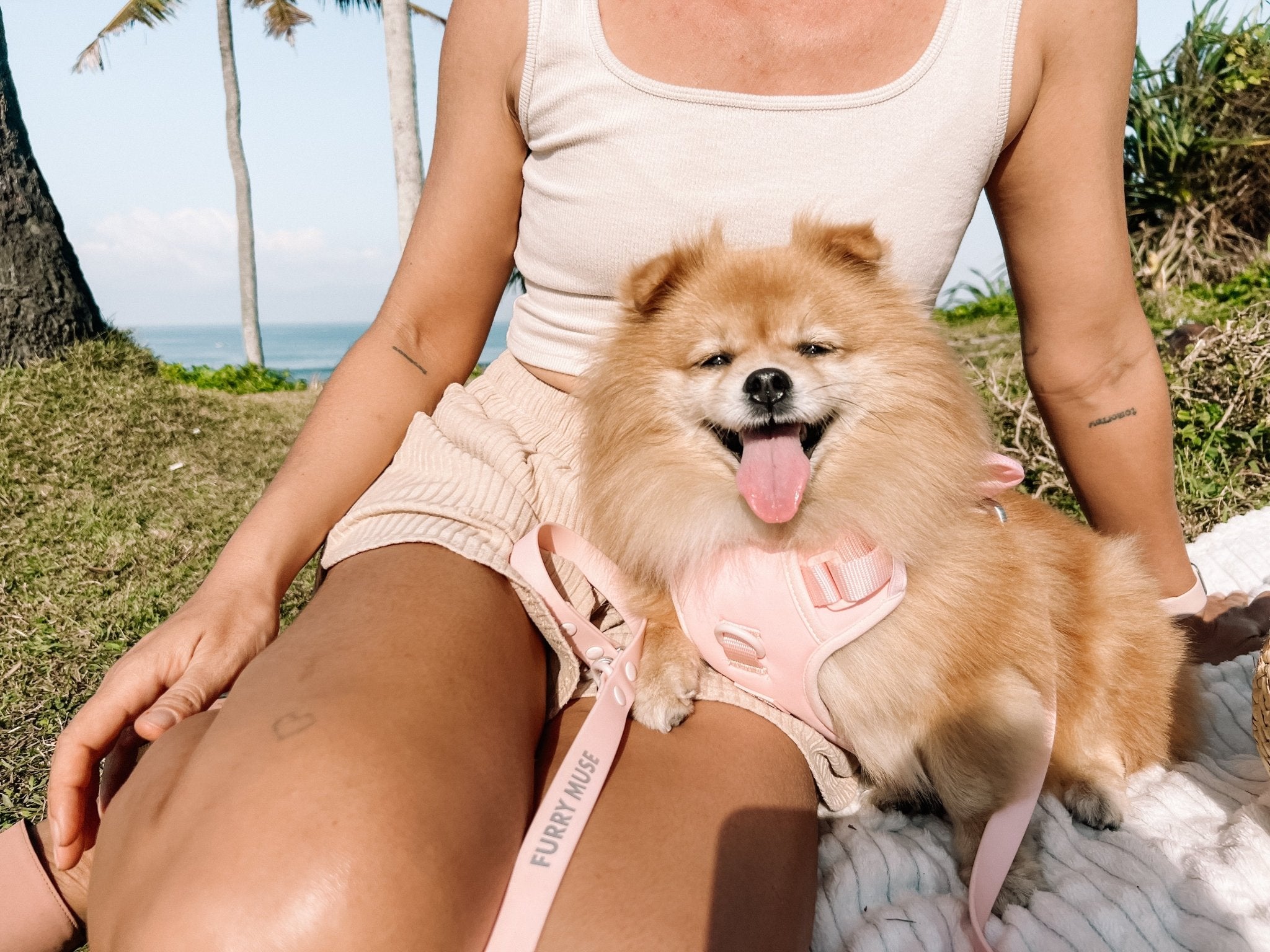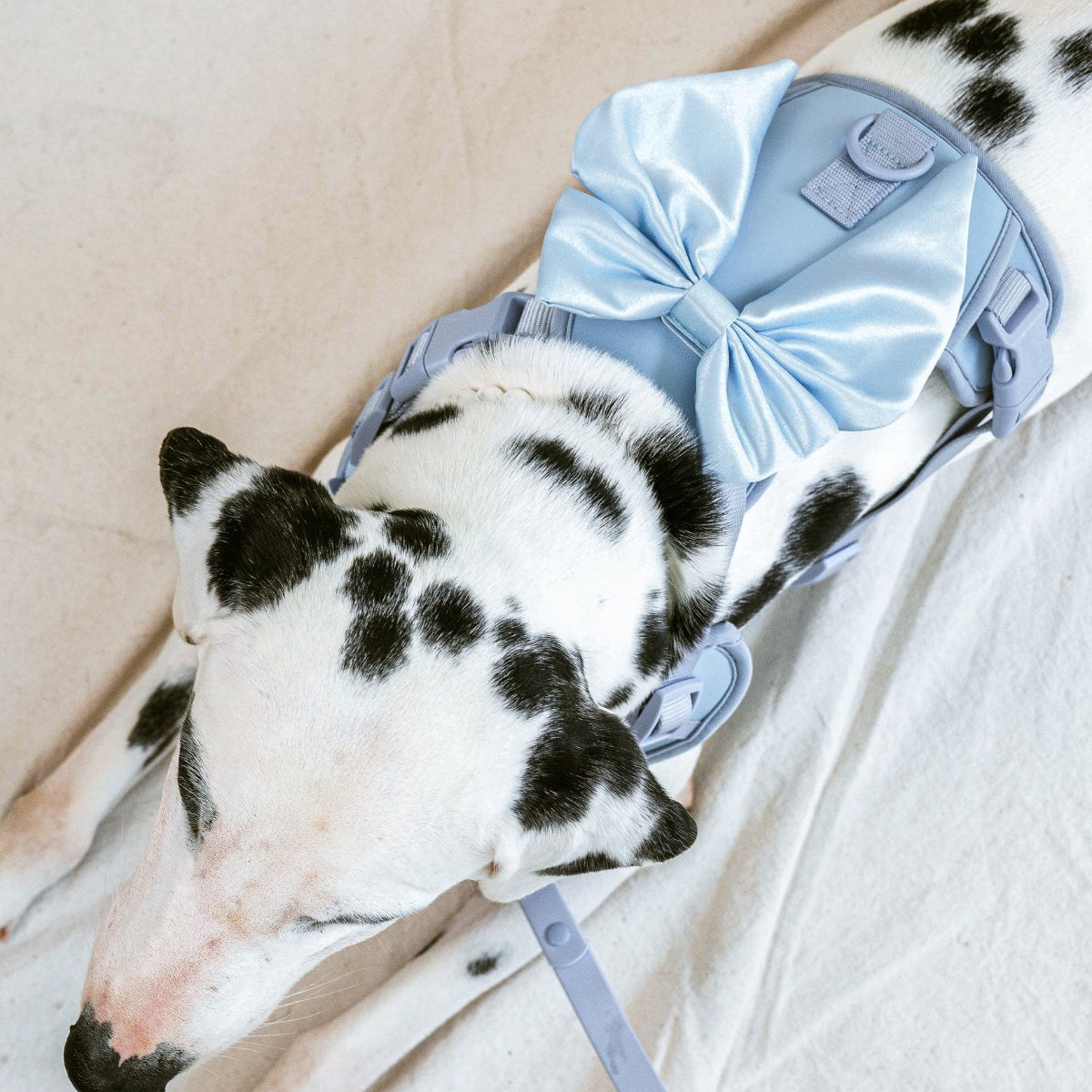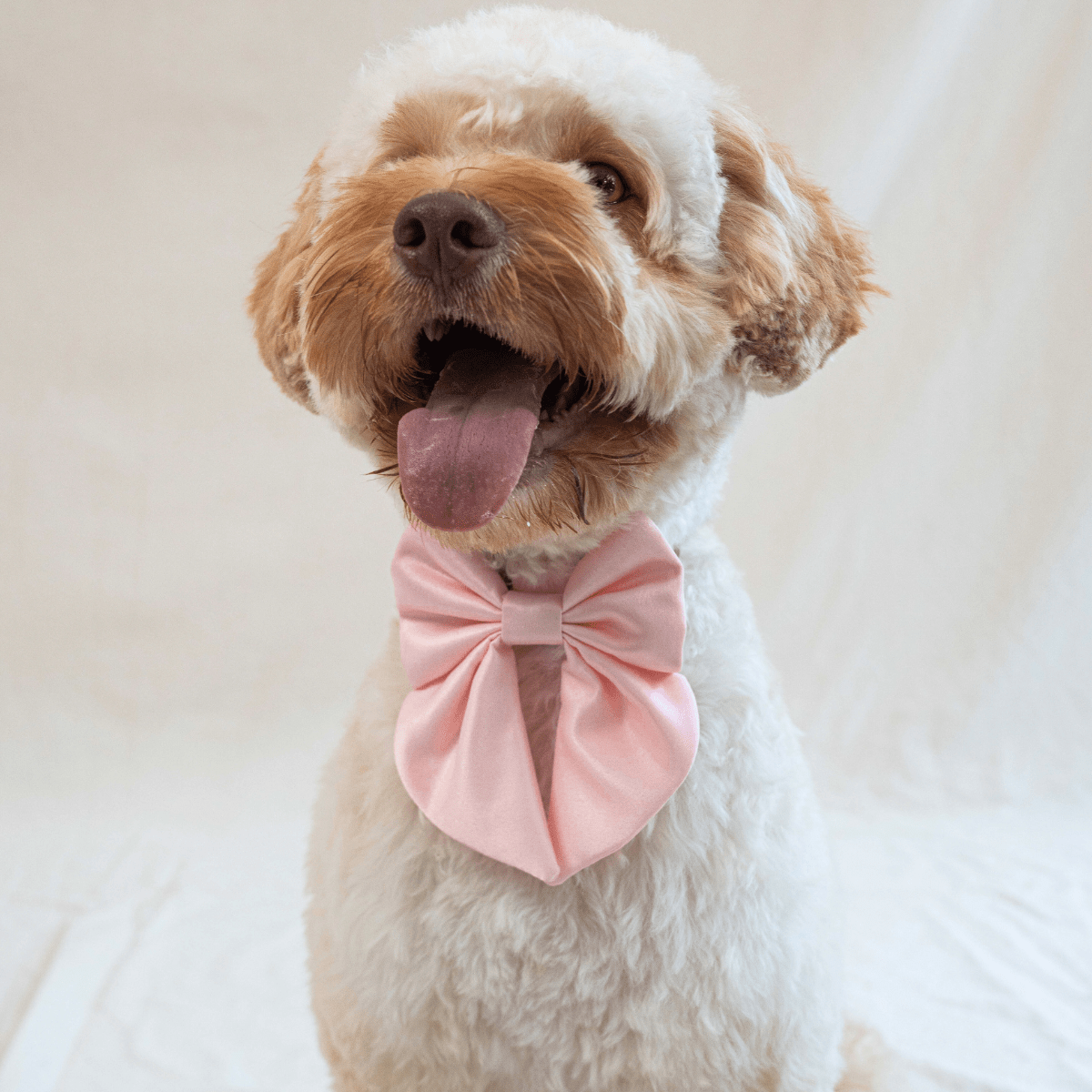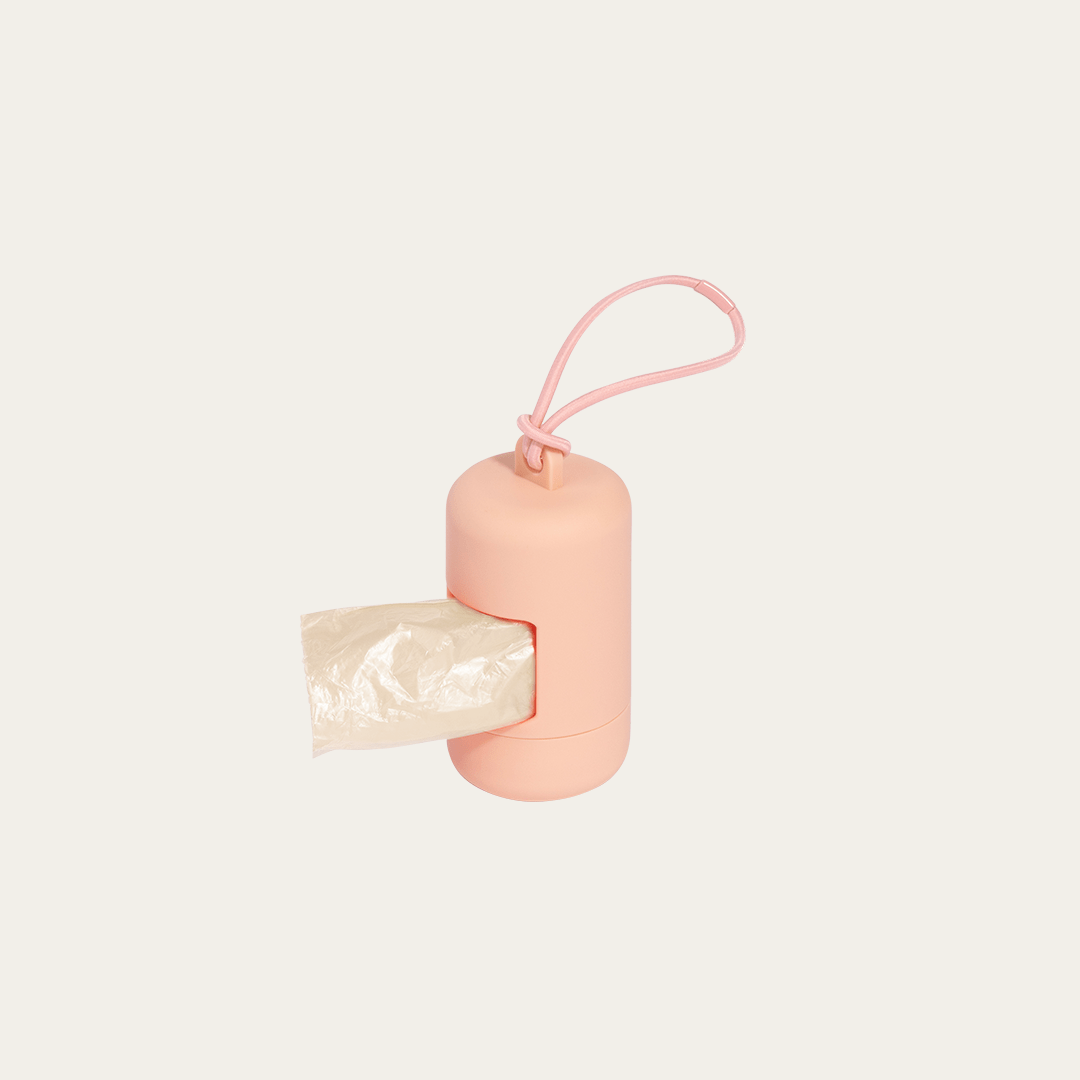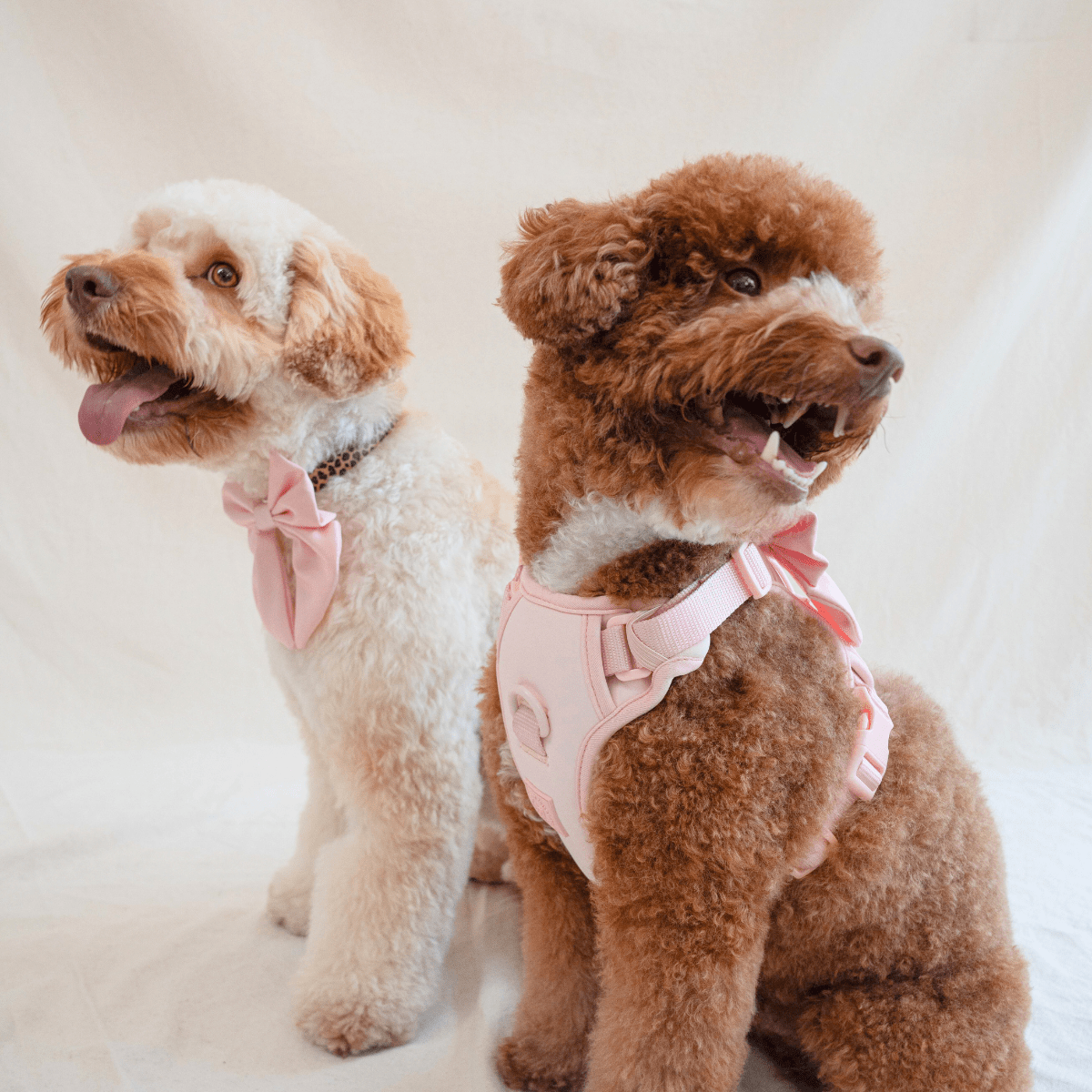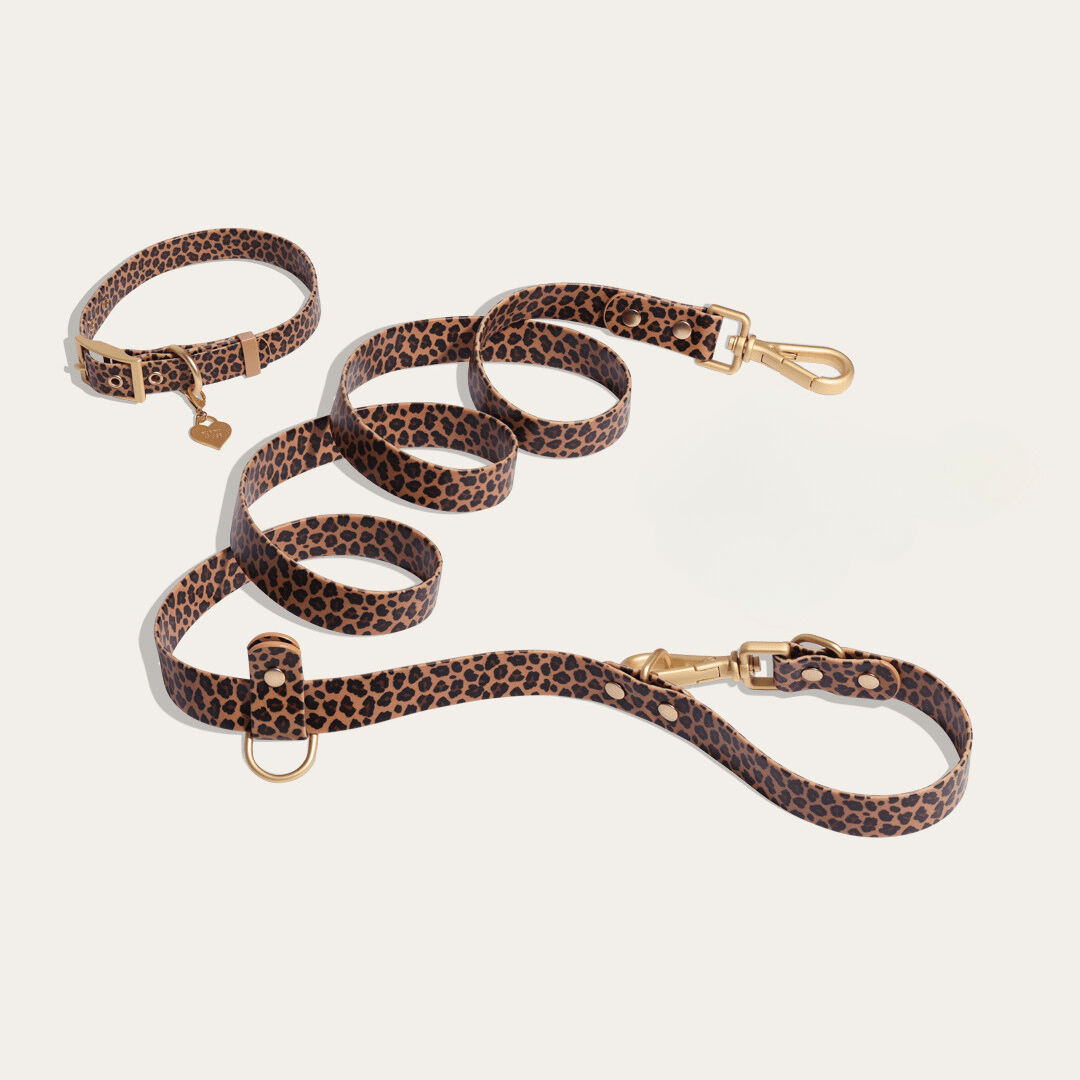How to Measure Your Dog for the Ideal Harness

A well-fitted harness ensures your dog’s comfort and safety during every walk. This quick guide will help you accurately measure your dog’s neck and chest, choose the right size, and adjust the fit for maximum comfort. Whether you’re using Furry Muse’s DuraWeave harnesses or another style, these steps will ensure a secure and perfect fit for every adventure.
Step 1: Gather the Necessary Tools
Before you begin measuring your dog for the ideal harness, ensure you have a soft measuring tape and a treat to reward your pup afterward. Having your dog in a standing position, either on all fours or seated, will give you the most accurate measurements.
Step 2: Measure Your Dog’s Neck
To get the correct measurement for the neck loop of the harness, use the measuring tape around your dog’s neck where the collar would typically sit. Be sure to keep the tape snug but not tight, allowing room for comfort. You should be able to fit two fingers between the tape and your dog's neck to ensure the harness won’t be too tight.
Step 3: Measure Your Dog’s Chest
For the chest strap of the harness, measure the circumference around the widest part of your dog’s chest, usually right behind the front legs. Make sure the tape is level and snug but not tight. This measurement is key to ensuring the harness stays securely in place while walking, without restricting movement.
Step 4: Check the Fit of the Harness
Once you’ve gathered the measurements for both the neck loop and chest strap, check our sizing chart to determine which size harness will be the best fit for your dog. If you’re between sizes, it’s always better to size up for added comfort and room to grow, especially if your dog is still a puppy.
Step 5: Try the Harness on Your Dog
After selecting the right size harness, try it on your dog to check the fit. The harness should be snug but not restrictive. You should be able to slide two fingers between your dog’s body and the harness in both the neck and chest areas. If the harness feels too tight or too loose, adjust the straps accordingly.
Step 6: Adjust for Comfort
Most harnesses come with adjustable straps, so make sure to fine-tune the fit for maximum comfort. Adjust the straps so that your dog can move freely without the harness shifting or causing discomfort. Take the time to make sure the harness sits properly on your dog’s body to ensure it stays in place during walks.
Furry Muse Pro Tip
If your dog has a thick coat or is still growing, consider measuring them regularly to ensure the harness continues to fit well. For puppies, remember that they grow quickly, so you may need to adjust the harness frequently as they mature.
Ready to put these tips into action? Learn more about how to choose and wear a comfortable harness for your dog in our detailed guide. It covers everything from selecting the best harness style to ensuring a perfect fit for every adventure



